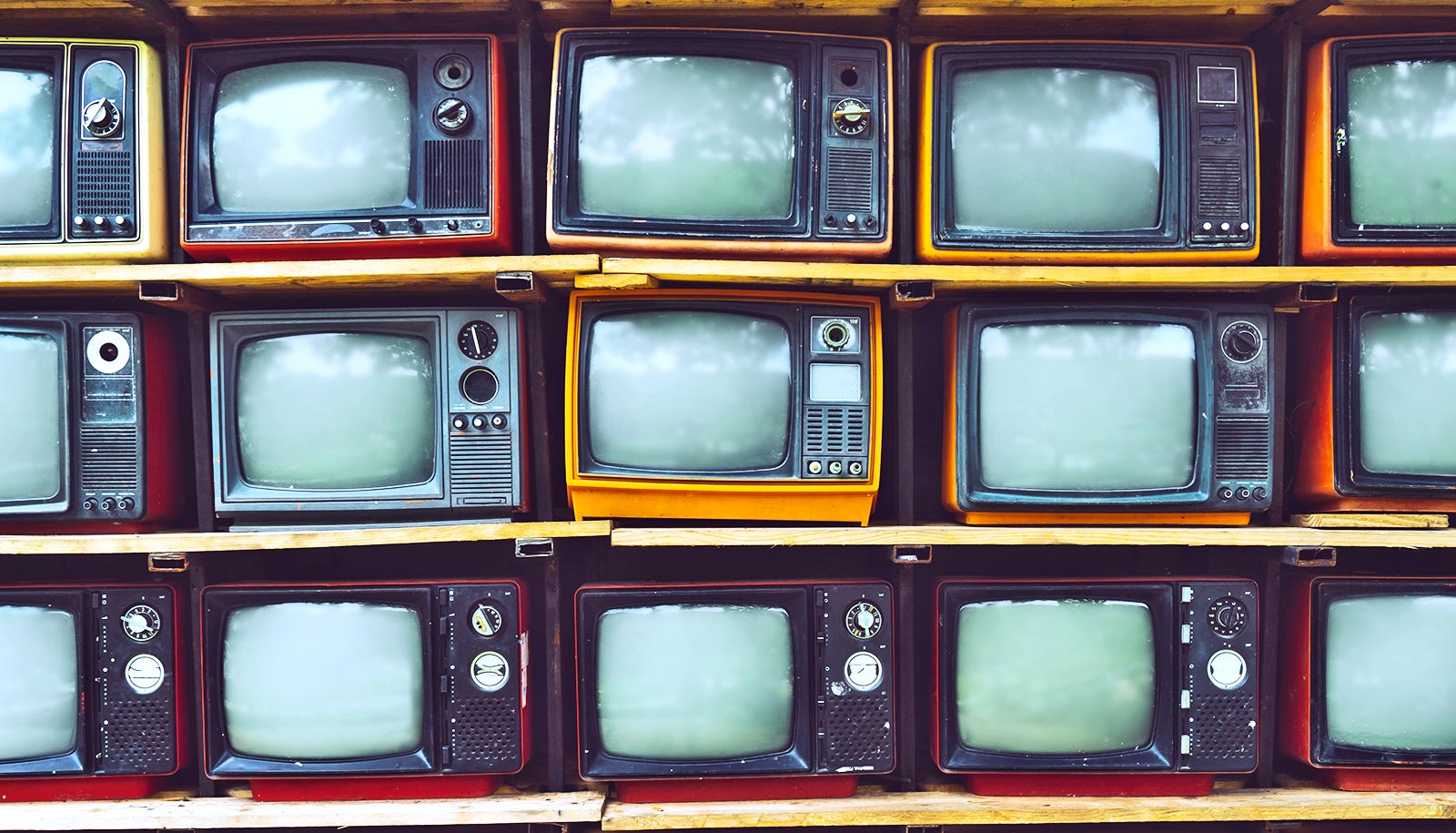Political candidates who spent more money on television ads during the 2016 Iowa caucuses generally received more support on election day, a new study shows. However, this doesn’t mean a candidate can buy an election.
While the $46.3 million spent on TV ads in Iowa influenced which candidates caucus-goers considered, there is no evidence to suggest overspending was rewarded, says study author Jay Newell, an associate professor of advertising at Iowa State University.
“We think political advertising is all-powerful, but it’s not,” Newell says. “Candidates who buy the most ads tend to get the most votes, but that could be drawing conclusions from coincidence. Those leading in the polls get more resources. So the additional advertising being purchased is essentially insurance and not as much to move the meter.”
“The candidates continued spending money until there were literally no more ads to buy.”
That is why Newell says it is unlikely the research will change how much campaigns spend on ads for the midterms or future elections. Given the high stakes, Newell says there is minimal risk of burnout as voters are still going to go to the polls. Commercial advertisers know reaching every viewer in a media market is not practical or cost-effective, but political campaigns have nothing to lose.
“For the political campaigns, it’s essentially a winner-take-all situation. They only have one night to make it work. Advertising in Iowa is not that expensive as compared to coastal markets, so the candidates continued spending money until there were literally no more ads to buy,” Newell says.
The study appears in the Journal of Political Marketing.
Adding it up
The Iowa caucuses provided a natural experiment to see the effects of different advertising levels on political engagement, candidate preference, and final outcomes, Newell says.
With help from a team of journalism students, Newell collected thousands of TV advertising contracts uploaded to a Federal Communications Commission database for the nine months leading up to the Iowa caucuses. He also used responses from two waves of surveys among Iowa voters and Associated Press election results to analyze spending and outcomes.
Spending was considerably higher in Des Moines and Cedar Rapids than in TV markets near the Iowa border. Of the $46.3 million spent on TV ads statewide, $20 million was spent in the Des Moines market alone. Newell, who studies advertising saturation, says political advertising was so dominant in these larger markets that other advertisers could not buy time.
The study found additional advertising made no difference in engagement or interest among voters. However, there was a shift in candidate preference in markets with extensive advertising.
“Advertising helps shift allegiances or helps people who were already going to buy a product to consider a competing brand, but as we saw with the caucuses, advertising typically cannot get people to try a product they don’t want,” Newell says.
Can’t buy my vote
Spending on political advertising by both parties illustrates why Newell says candidates should buy ads with the understanding they cannot buy the election.
On the Republican side, Jeb Bush’s campaign spent $9,156,679—just behind top-spender Marco Rubio at $9,250,149—and garnered less than 3 percent of the vote. Rubio fared better with a third-place finish, but he spent considerably more than Ted Cruz and Donald Trump, the top two vote-getters, combined.
On the Democratic side, Hillary Clinton spent $2.3 million more than Bernie Sanders, but only narrowly defeated Sanders, 49.9 percent to 49.6 percent.
“Advertising effects, even when candidates are shoveling in as much advertising as possible, are still fairly mild,” Newell says. “Commercial advertisers have known this for decades. There’s just not enough advertising in the world to buy market share.”
Source: Iowa State University


